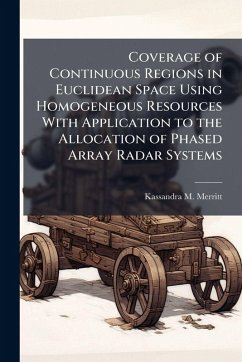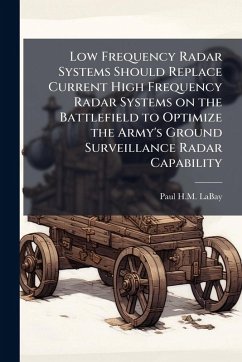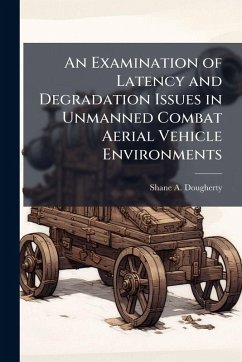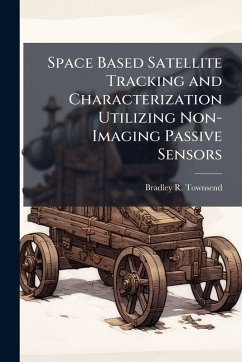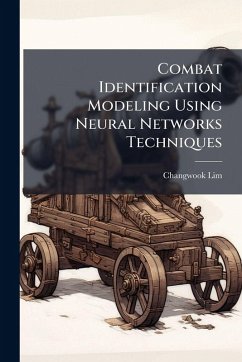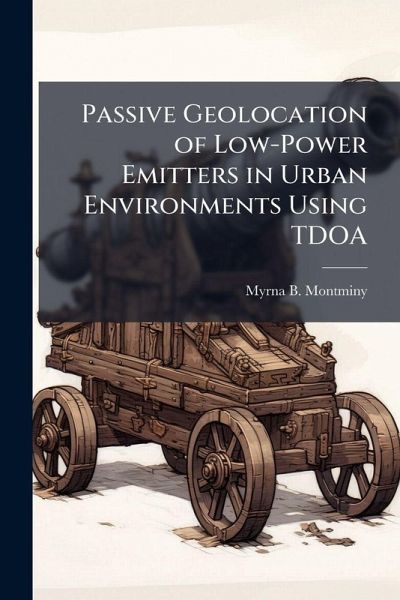
Passive Geolocation of Low-Power Emitters in Urban Environments Using TDOA
Versandkostenfrei!
Versandfertig in über 4 Wochen
17,99 €
inkl. MwSt.
Weitere Ausgaben:

PAYBACK Punkte
9 °P sammeln!
Low-power devices such as key fobs, cell phones, and wireless routers are commonly used to control Improvised Explosive Devices (IEDs) and as communications nodes for command and control. Quickly locating the source of these signals is difficult, especially in an urban environment where buildings and towers can cause interference. This research presents a geolocation system that combines the attributes of several proven geolocation and error mitigation methods to locate an emitter of interest in an urban environment. The proposed geolocation system uses a Time Difference of Arrival (TDOA) tech...
Low-power devices such as key fobs, cell phones, and wireless routers are commonly used to control Improvised Explosive Devices (IEDs) and as communications nodes for command and control. Quickly locating the source of these signals is difficult, especially in an urban environment where buildings and towers can cause interference. This research presents a geolocation system that combines the attributes of several proven geolocation and error mitigation methods to locate an emitter of interest in an urban environment. The proposed geolocation system uses a Time Difference of Arrival (TDOA) technique to estimate the location of the emitter of interest. Using multiple sensors at known locations, TDOA estimates are obtained by cross-correlating the signal received at all the sensors. A Weighted Least Squares (WLS) solution is used to estimate the emitter's location. This work has been selected by scholars as being culturally important, and is part of the knowledge base of civilization as we know it. This work was reproduced from the original artifact, and remains as true to the original work as possible. Therefore, you will see the original copyright references, library stamps (as most of these works have been housed in our most important libraries around the world), and other notations in the work. This work is in the public domain in the United States of America, and possibly other nations. Within the United States, you may freely copy and distribute this work, as no entity (individual or corporate) has a copyright on the body of the work. As a reproduction of a historical artifact, this work may contain missing or blurred pages, poor pictures, errant marks, etc. Scholars believe, and we concur, that this work is important enough to be preserved, reproduced, and made generally available to the public. We appreciate your support of the preservation process, and thank you for being an important part of keeping this knowledge alive and relevant.



